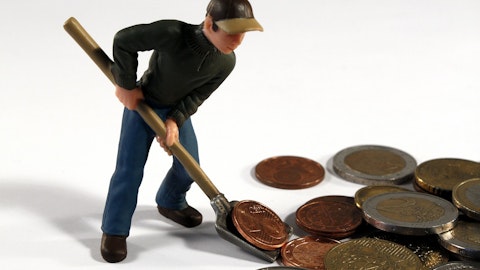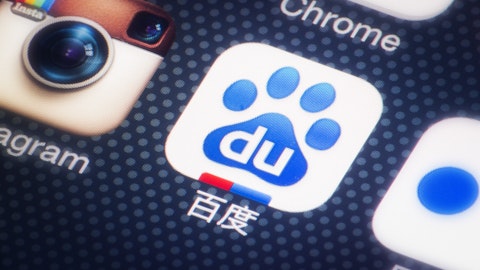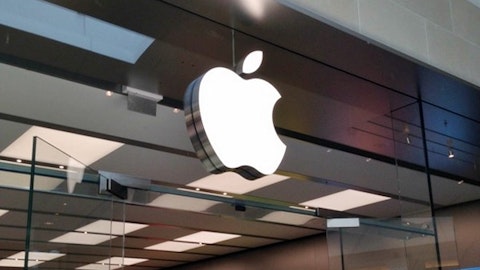Having lost more than 40% in a matter of a few weeks, it would be an understatement to say that the Chinese equity market has undergone a correction. During this period of turmoil and extreme volatility, some of the blue chips in China have seen their market cap erode by as much as 80% and many Chinese investors have lost their entire savings. Going into the second quarter of 2015, several hedge funds tracked by us revealed noteworthy exposure to Chinese equities in their 13F filings for the reporting period of March 30. Among those hedge funds was Australian Billionaire Kerr Neilson‘s Platinum Asset Management, a Sydney-based hedge fund specializing in international equities. It was founded by Kerr Neilson in 1994 with initial backing from investing and hedge fund legend George Soros. However, the latest 13F filing of the fund for the reporting period of June 30 reveals that it had already trimmed its stake in several of its top Chinese equity holdings during the April-June period, ahead of the disastrous downturn. In a piece published on the fund’s website on August 25, Mr. Neilson wrote on China:
“Having spewed out credit and capital projects to offset the weak demand emanating from the collapse of activity in the West in 2008, China is now experiencing the inevitable adjustment in the components of its growth – a need for more personal consumption and less investment. This adjustment is being accompanied by capital leaving the country and a loss of foreign exchange reserves as the government tries to hold the exchange rate. This is likely to be futile and it would serve better for the level of intervention to be minimal and the exchange rate to find a new lower level1. Implicitly there is a tightening of credit happening in China.”
In this article we are going to focus on Neilson’s top three Chinese equity holdings at the end of the second quarter: Baidu Inc (ADR)(NASDAQ:BIDU), SINA Corp (NASDAQ:SINA), and Youku Tudou Inc (ADR)(NYSE:YOKU).

At Insider Monkey, we track hedge funds’ moves in order to identify actionable patterns and profit from them. Our research has shown that hedge funds’ large-cap stock picks historically underperformed the S&P 500 Total Return Index by an average of seven basis points per month between 1999 and 2012. On the other hand, the 15 most popular small-cap stocks among hedge funds outperformed the S&P 500 Index by an average of 95 basis points per month (read the details here). Since the official launch of our small-cap strategy in August 2012, it has performed just as predicted, returning 118% and beating the market by more than 60 percentage points. We believe the data is clear: investors will be better off by focusing on small-cap stocks utilizing hedge fund expertise (while avoiding their high fees at the same time) rather than large-cap stocks.
Follow Kerr Neilson's Platinum Asset Management
Baidu Inc (ADR)(NASDAQ:BIDU) represented Platinum Asset Management’s fourth-largest equity holding at the end of June. During the second quarter the fund increased its stake in the company by 13% to more than 1.38 million shares, which were valued at $275.20 million. Although the fund reduced its stake in other Chinese stocks during the quarter, a possible reason for it having increased its stake in Baidu Inc (ADR)(NASDAQ:BIDU) could be because over the years, the stock of the Chinese search giant has shown almost negligible correlation to the overall Chinese stock market. It remained relatively immune to the sell-off in Chinese equities for the most part and has only fallen significantly after it reported its second quarter earnings on July 27. The company reported EPS of $1.81 on revenue of $2.67 billion for the second quarter, which was actually favorable to analysts’ estimates of EPS of $1.80 on revenue of $2.58 billion. Stephen Mandel‘s Lone Pine Capital, which was Baidu Inc (ADR)(NASDAQ:BIDU)’s largest shareholder among the hedge funds we cover, sold off its entire stake of slightly over 2.58 million shares during the April-June period.





